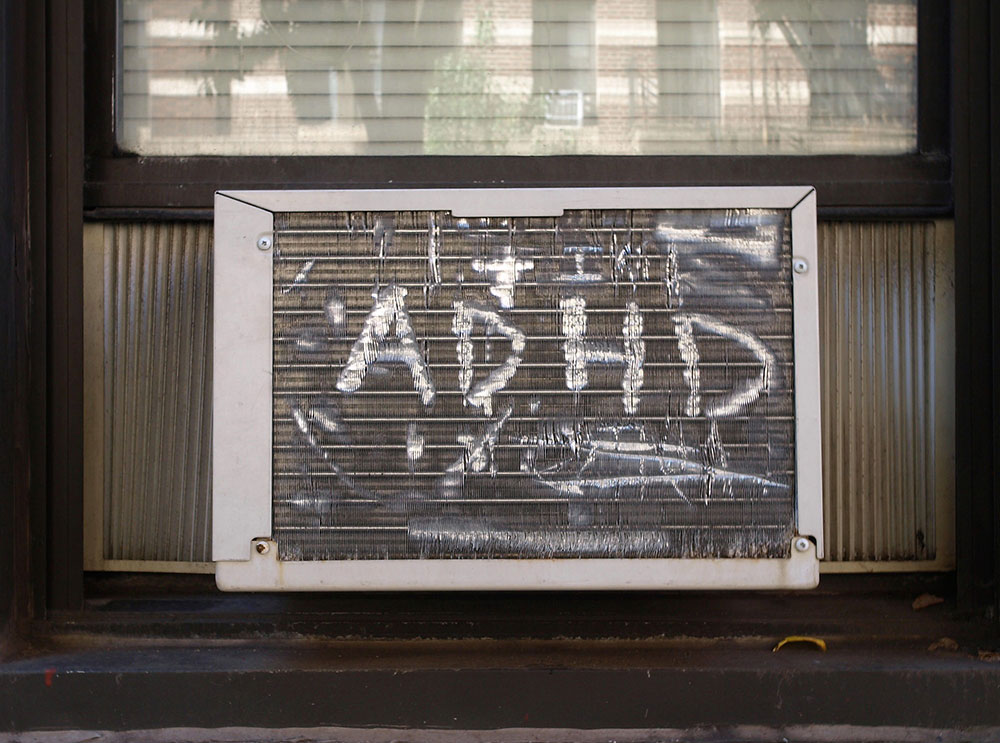of the younger age at first substance use, particularly in the case of cocaine, which had a substantially higher risk of dependence for those who had occasional contact with the drug (77.78 percent) than all other drugs included in the study (40.5 percent).
The researchers stated that earlier contact with cocaine made these patients more susceptible to addiction, resulting in earlier admissions to drug rehab programs. Camargo also explained he hopes educators keep the findings of his research in mind and strive to do what they can to prevent drug abuse among young ADHD populations.
“ADHD is a treatable disorder, but unfortunately, it is still underdiagnosed here,” he said. “A doctor who diagnoses a patient often has to deal with the preconceived notions that parents and teachers have about medications. Yet, we know that patients who receive the appropriate treatment have a lower risk of engaging in substance abuse. We also know that teachers are often responsible for identifying ADHD. Therefore, teachers do play a key role in preventing drug abuse among these patients.”
















